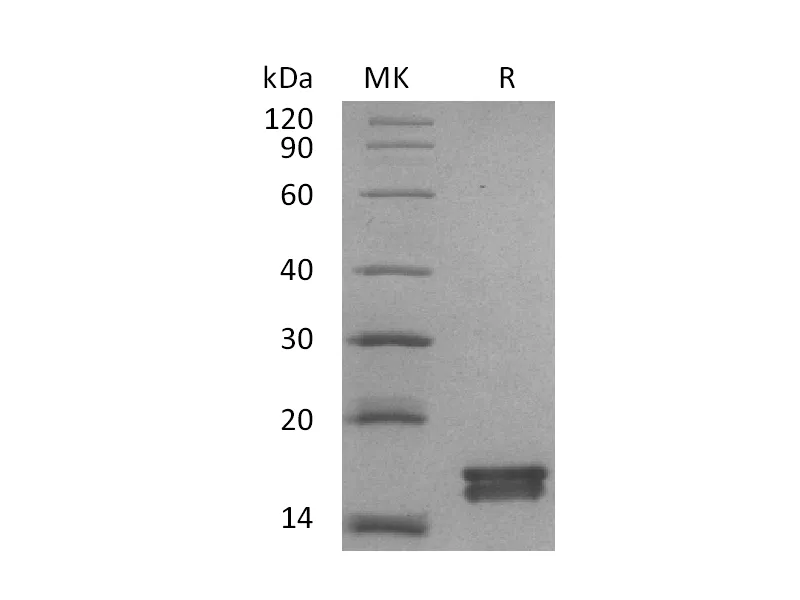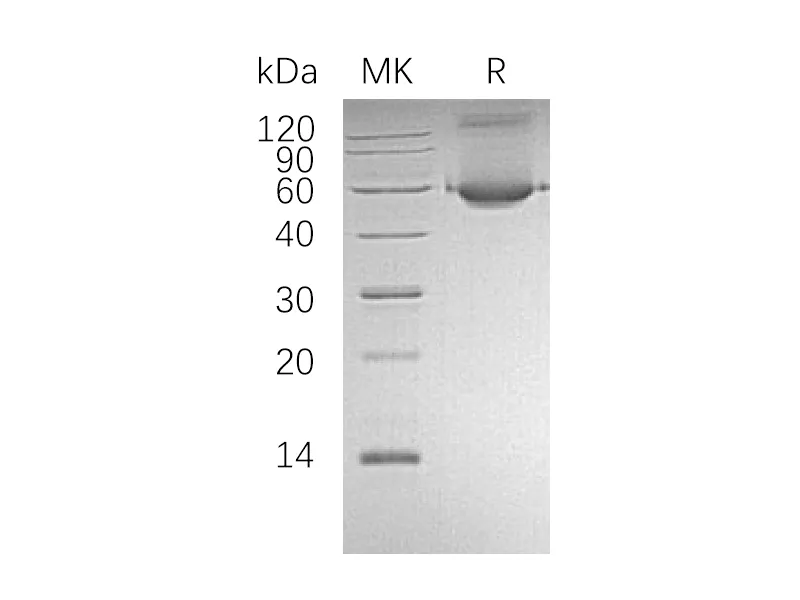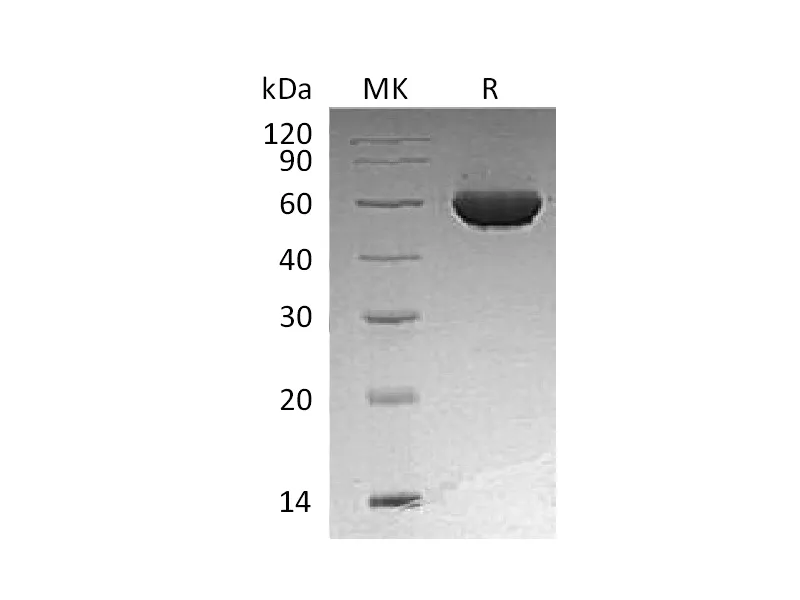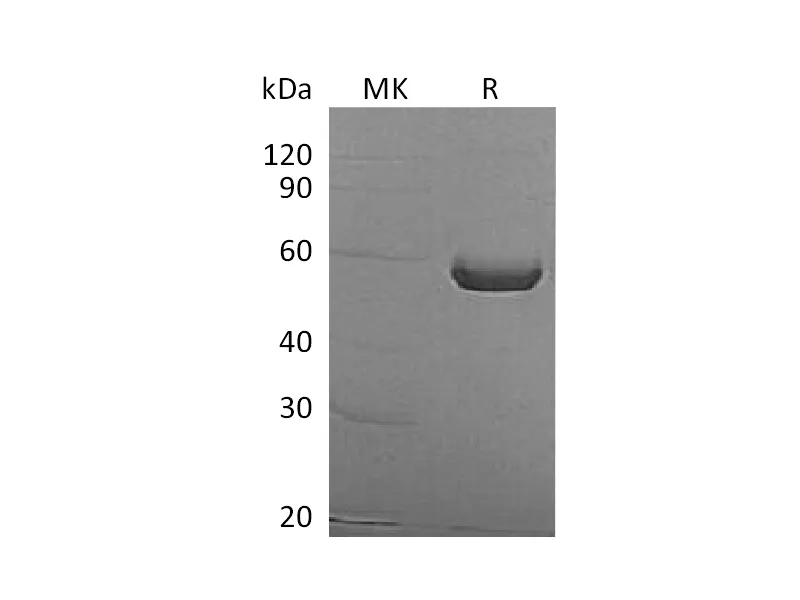Alternative Names
T-cell surface glycoprotein CD5; CD5; CD5 antigen; CD5 antigen (p56-62); CD5 molecule; LEU1T-cell surface glycoprotein CD5; Lymphocyte antigen T1;Leu-1; T1; Ly-1
Background
CD5 is a transmembrane glycoprotein of the conserved scavenger receptor cysteine-rich (SRCR) superfamily and expressed on thymocytes, peripheral T cells and a subset of B cells (B1-a). Moreover, CD5 also was found expressed in small lymphocytic lymphoma, hairy cell leukaemia and mantle cell lymphoma cells. The long cytoplasmic tail of CD5 has no intrinsic enzymatic activity, but contains four tyrosine phosphorylation sites, including an immunoreceptor tyrosine-based (ITAM)-like motif (pseudo-ITAM) and an immunoreceptor tyrosine-based inhibitory (ITIM)-like motif (pseudo-ITIM), as well as multiple potential serine and threonine phosphorylation sites. It physically associates with the T cell antigen receptor (TCR) and B cell antigen receptor (BCR), where it negatively modulates the activation and differentiation signals transduced by these receptors. CD5 also plays an important role in protection from activation-induced cell death and in the recognition of pathogen associated molecular patterns (PAMPS) present on fungal surfaces.
Note
For Research Use Only , Not for Diagnostic Use.




